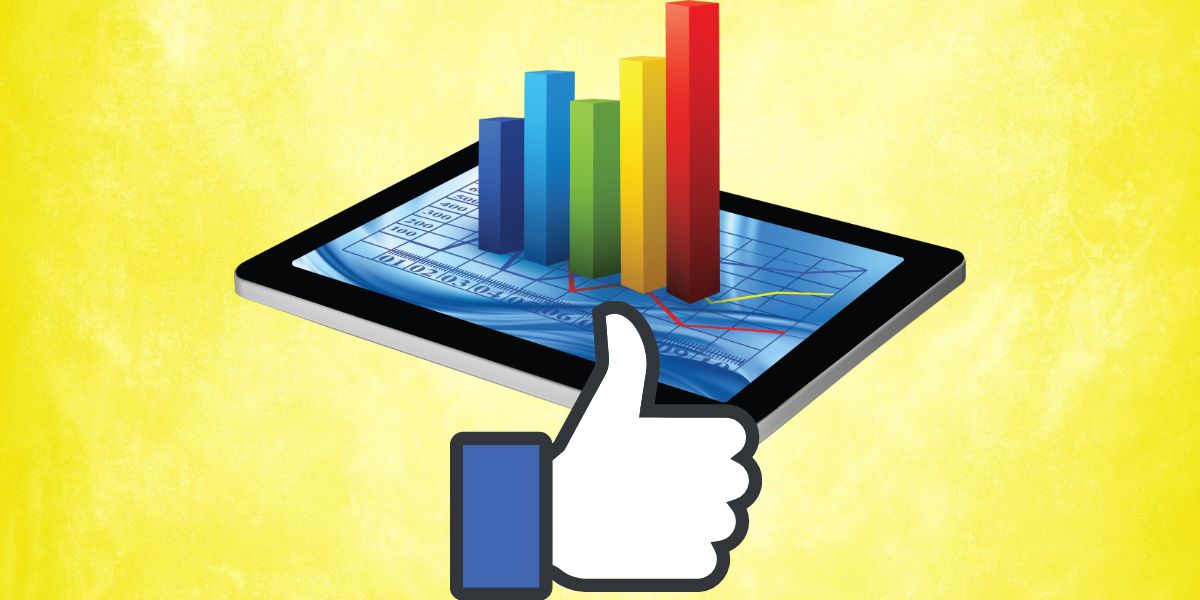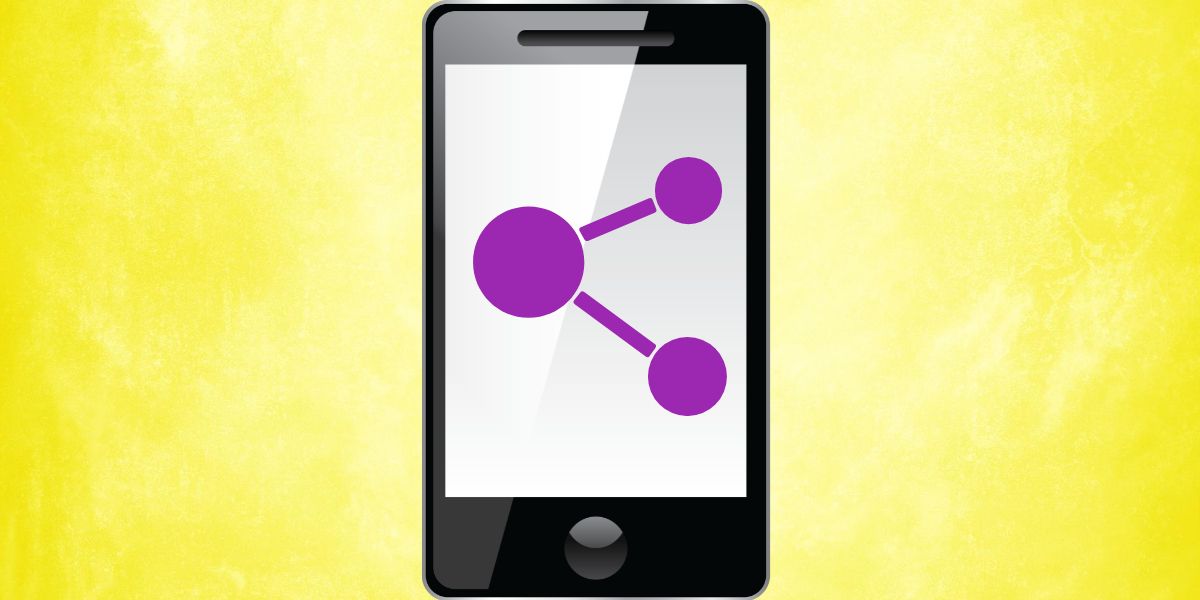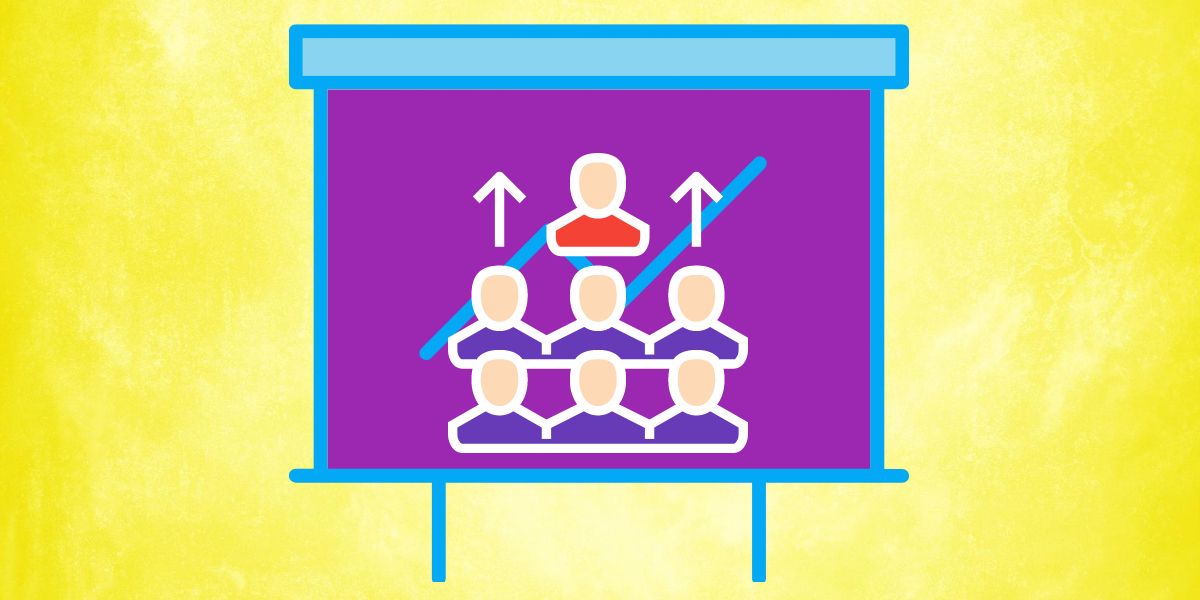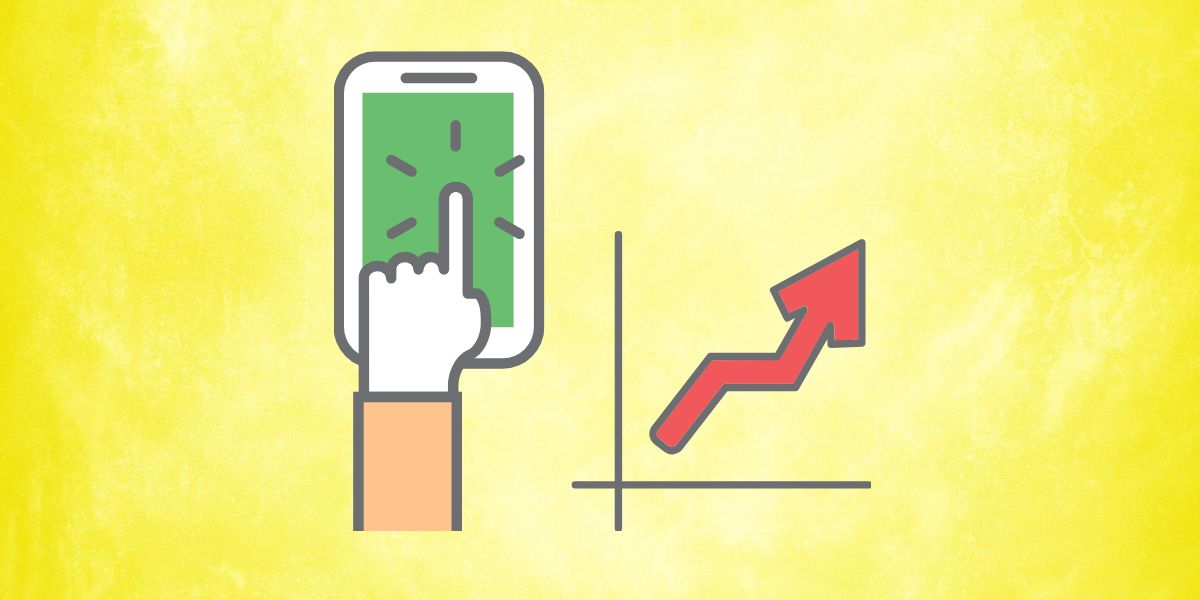Want to know if your social media strategy is paying off or not? Track your social media impact through these metrics.
Social media strategy development requires tracking your current performance and presence on social platforms. With numerous social media metrics, you can get confused about which ones to track. Here is a list of 13 vital metrics you should measure as an individual user to grow your accounts.
1. Likes or Reactions
Remember how you checked the notifications every two minutes after posting your first content on Facebook, Instagram, or LinkedIn? Likes or reactions are an important indicator that your audience enjoys your content. You need to pay attention to this metric to find out the popularity of your social media posts.
In most platforms, getting more likes means a higher spot in the search result and higher potential reach for the next post. However, getting more angry reactions in your posts is not a good sign. In such cases, you need to give a second thought to what you post.
2. Comments
Social platforms are the virtual ways of being social, and comments are the digital substitute for real-life conversations. All relevant content can initiate a conversation in the form of comments. It can include general discussion, applause, and criticism.
However, all are helpful for you to create better content. Comments are always better than silence, and it is a sign that the audience finds your content interesting.
3. Shares
Compared to liking, which is a passive action, sharing is an informed and conscious decision by the audience. If someone shares your post or retweets, they personally recommend your post to their friend circle.
More sharing means an increase in the reach and impressions, all without any extra effort from your end.
4. Followers or Subscribers on Social Platforms
The number of your subscribers or followers plays a significant role in increasing your reach and extending your network. It is also an indicator of your popularity. New profiles are bound to have fewer followers, and you should work on increasing the count.
If you have accounts on multiple social networks, you must compare the follower count of the platforms. It will give you a clear idea of where you should put more effort.
5. Follower Growth
Growth or increase in your follower count is another way to look into your social media performance. It shows if your popularity or fan base is increasing, and if it is happening at a fast pace.
The increase in followers means growth in social networking. If you are consistently growing over several months, your social strategy is working, and you are heading in the right way. Unfortunately, if the followers are leaving you, you need to rethink your strategy.
6. Active Followers
This metric is also related to your fanbase. Having an inactive follower on social media is the same as not having that person as your follower. Followers who don’t bother to check your posts, let alone interact, are not useful.
Instead, you want to have active followers who logged in and reacted to your posts within the past 30 days. Try to create content that appeals to active people to become your followers.
7. Social Media Mentions
Mentions are a great way to find out if people find you relevant and want to include you in their conversation. People can mention you in the comment section of your own posts or the posts by others.
Keep track of the mentioned and reply where necessary to have a better engagement with your audience. You can also compare your mentions with that of the top influencers to track your performance.
8. Top Referring Social Channels
If you want to generate more traffic to your website or blog through social media, this metric is worth checking with priority. It lets you find out which social media is driving more visitors to your website.
While checking this metric, you also need to track visitors coming from social platforms with a higher bounce rate (visitors who left the website or blog without clicking anywhere.)
9. Impressions
Impression means the number of times your post appeared in the news feed or timeline of others. The audience of the impression is mostly your followers. When someone shares your posts or comments on that, their friends have a better chance of getting the post on their newsfeed.
While this also counts as an impression, it does not ensure that they will notice your posts. However, a higher impression count always means higher reach.
10. Potential Reach
Post reach means the number of people who have seen your post since you posted it. The timing of your post, along with its content and hashtags, impacts your reach. It allows you to know what your audience finds valuable.
Various social platforms decide post reach through different strategies. In general, your post has a higher chance of reaching people who are active in your posts with reactions and comments.
11. Clickthrough Rate (CTR)
If you aim to garner more visitors into your blog through social media, this metric will let you know your success in creating the right social strategy. You can compare your post impression against the number of clicks on a link you included in your post to get the CTR.
While sharing links of one social media account through another one, your CTR is a helpful way to measure success.
12. Unique Visits
Unique visits have a positive impact on the popularity of your social account. If you want to grow your followers and network, you should increase the number of unique visits to your page.
If the same set of followers sees your posts, the follower count will not increase. New people seeing your posts and visiting your page means you have a high chance of getting new subscribers.
13. Virality Rate
These days, everyone wants to produce viral content, as it can be the magic potion to achieve overnight success. You can measure the virality rate of your posts by comparing the number of shares with the number of impressions the post received.
Once your content becomes viral, you can look past the basic metrics like reaction and comments, and aim for high-end metrics. By identifying the viral content, you can include that type of content into your social media blueprint.
Now You Know Which Social Media Metrics to Track
Putting your time and effort into your social content is not enough. Tracking the above metrics will help you know if your strategy is working and getting you the results you want. Additionally, you need to put some effort into making creative visuals for your next social media posts; you can do this using online design tools for free.








